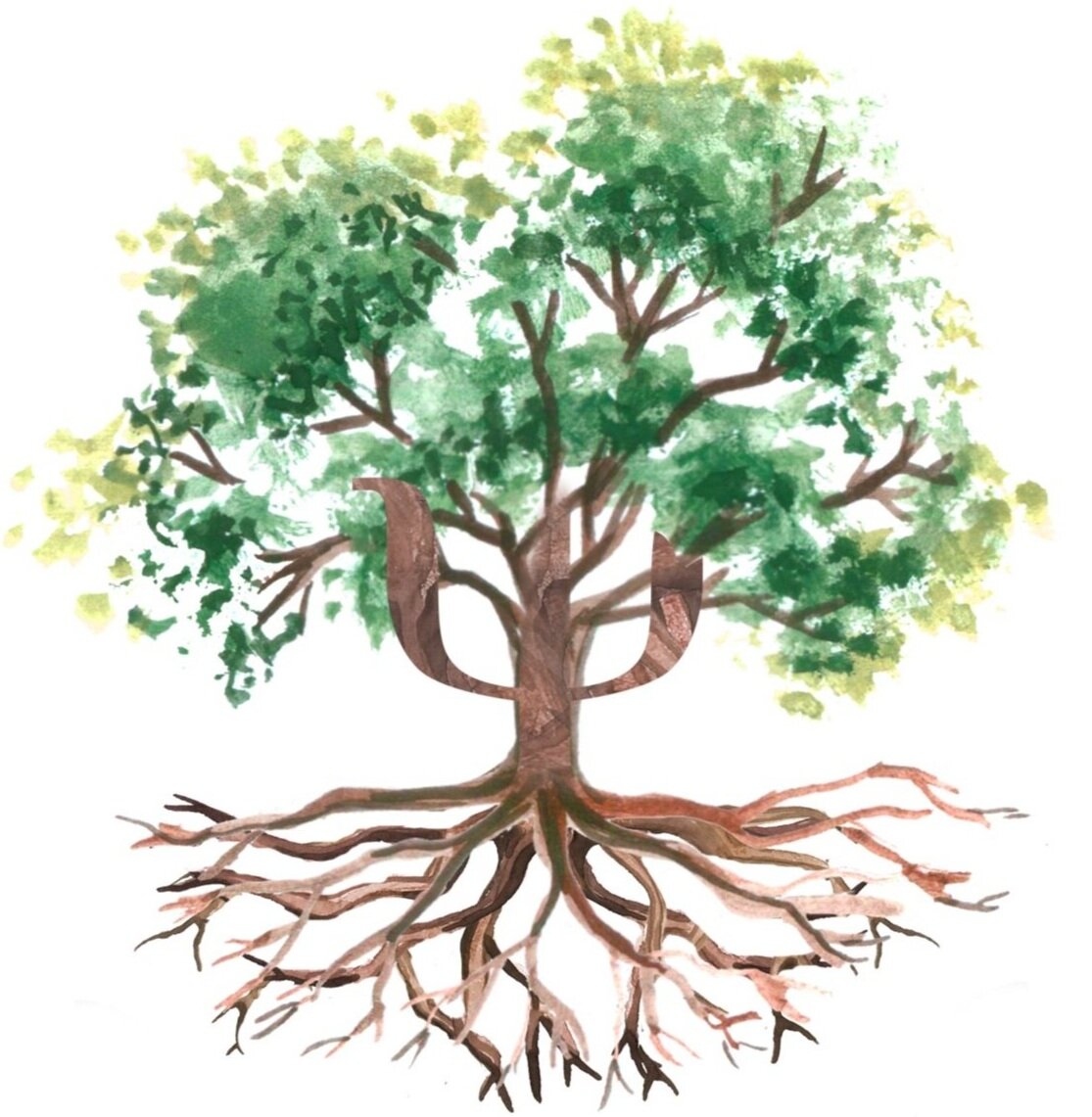Therapies: Schema Therapy/ Schema-Focused Cognitive Therapy (SFCT)
Let’s talk about Schema Therapy.
But first, what are Schemas?
Schemas are patterns and frameworks for how we view the world.
Think of them as mental roadmaps or “shortcuts” that help us to process large amounts of information we receive on a daily basis. Schemas help us to reduce the cognitive effort needed to order to classify this information within our heads. Schemas are developed from young age but can also be formed in adulthood.
And as you would have guessed by now, Schemas are hugely important in that they greatly affect the way we think and behave even without our conscious input.
Unhelpful schema patterns can therefore lead to negative or dysfunctional patterns of thoughts, feelings and coping methods. These can persist throughout life if left unaddressed. Some examples of unhelpful schemas are “nobody loves me”, “I’m a mess” and “something bad is going to happen”.
If this got you thinking about your Schemas, try our 5-minute Schema quiz.
So how are maladaptive schemas formed?
Not having your core emotional needs met in childhood is a main factor in schema development. These core emotional needs are:
Ψ Secure attachment and feeling safe
Ψ Self-identity (autonomy)
Ψ Freedom of expression and ability to ask others for things you need
Ψ Being able to be spontaneous and play freely
Ψ Having appropriate boundaries - Parental lack of involvement or being overprotective can contribute to schema formation
Schemas can also be formed through:
Ψ Lack of affection shown to you in childhood
Ψ Experiences of abuse and trauma
Ψ Your parents’ behaviours - by observing them, you may identify or internalise their attitudes and behaviours, leading to the formation of schemas and/or coping methods.
So.. what is Schema Therapy?
Schema Therapy aims to meet the core emotional needs of clients in healthy ways. Schema Therapy helps to identify unhealthy schemas and coping methods, replacing them with healthier patterns of thought, feelings and behaviour. It can be used to address personality and mood disorders and has been found to be particularly useful in managing Borderline Personality Disorder.
The three stages in Schema Therapy are:
Identification of maladaptive schemas and coping methods through therapeutic interviews and questionnaires.
Identification of these negative patterns in the client’s daily life.
Active replacement of the negative thoughts, behaviours and coping methods with healthier ways.
